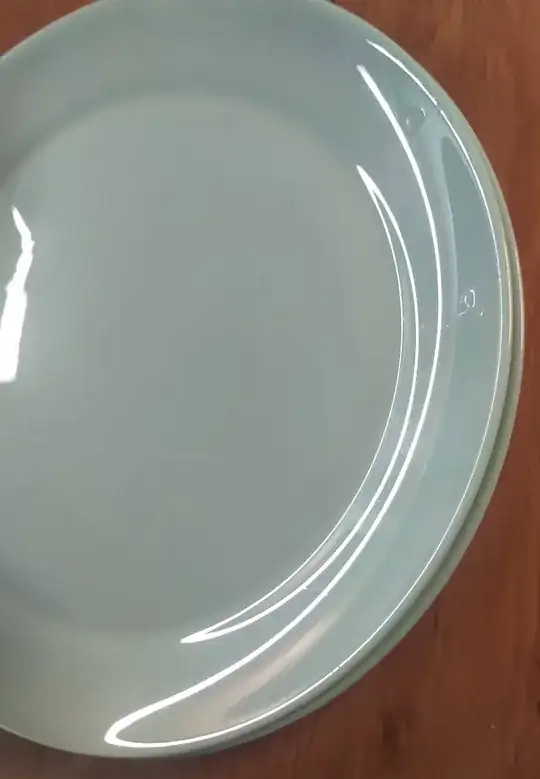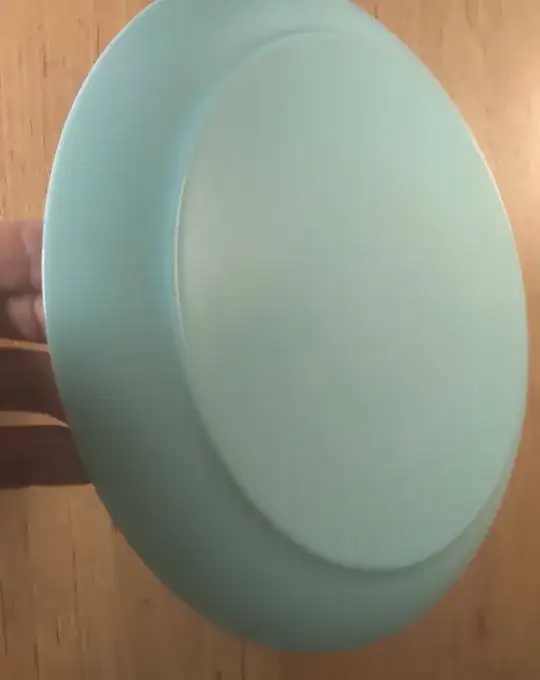This has turned out to be a very interesting question indeed. Based on all the good comments I will amend my answer here.
There are (at least) two parts to this problem. One is why the plates stick together in the first place and the other is the exact mechanism by which the adhesion between them is broken when you pry them apart.
My original answer dealt with what makes them stick together (the adhesion mechanism) but there's a lot of interesting physics having to do with what happens when you do pull hard enough to separate the plates.
There are a number of simple and fun experiments that could be done to put some light on what's going on here. First, you could repeat the experiment with the plates immersed in water so any effects having to do with wet/dewet dynamics are eliminated. Second, you can do the experiment in air but with detergent-spiked water, to greatly reduce surface tension effects. Third, you could perform the experiment with transparent glass plates or better yet sheets of flat glass and record what happens with a digital camera as they are separated.
I now return you to the regularly-scheduled program.
When a set of identical plates is stacked together, their adjacent top and bottom surfaces fit together well with very little gap space between them. If we try to pull them apart, it is easy for air to flow into the gap and hence allow that gap to grow, and for the plates to come apart.
If there is water in that gap, and we try to pull them apart, several things happen: first, we have to retract the thin film of water into a glob in the center of the plate stack, and the viscosity of the water resists that deformation.
Second, the adhesion that the water molecules have for the surfaces of the plates makes the water want to stay in contact with those surfaces and not get sucked back into a glob. It takes work to de-wet the plate surfaces, and so work must be applied in order to pull the plates apart.
In essence, the water acts as a (lousy) glue, but a good enough glue to illustrate several of the properties of a good glue: 1) it has to develop a high viscosity after being put into a gap, and 2) it has to completely wet the surfaces of the gap before its viscosity starts climbing.

